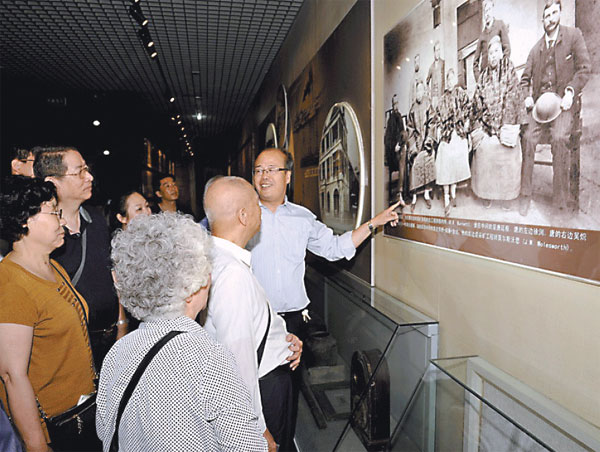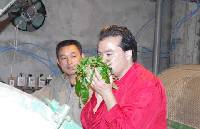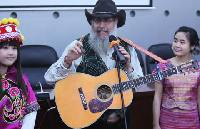Tracing Grandpa's dream
|
Descendants of 15 boys sent by a Qing Dynasty court to study in the United States visit Kailuan Mine Museum in Tangshan, Hebei province, with their family members. Photos Provided to China Daily |
The Chinese Dream
The now-elderly descendants of 15 boys sent by the imperial Qing Dynasty (1644-1911) court to study in the United States some 140 years ago reminisce about what it meant. Wang Ru reports from Tangshan.
In 1872, residents in the American city of Hartford, Connecticut were undoubtedly startled to see a group of Chinese boys, wearing silk robes and pigtails, arrive to begin study at local schools and to live with host families.
Last month, 15 senior Chinese citizens in their 80s gathered in Kailuan Mine Museum in Tangshan, Hebei province, to reminisce about their grandfathers, who were among the boys who shared that dramatic journey more than a century ago.
Back then, their grandfathers were mere children, aged between 10 and 15. But the imperial court of the Qing Dynasty paid to send them to study in schools of Hartford, one of America's oldest cities in the state of Connecticut.
Ten years after returning to China, they began working in the Kailuan coal mine and later played leading roles to modernize China in areas as diverse such as transportation, mining and education.
Kailuan, considered the cradle of China's modern mining industry, was China's earliest modern mine, established in 1877. The 31st US president, Herbert Hoover, once worked in the mine as an engineer, in 1901.



















